The story of John Candlish, the 19th century 'Mr Sunderland' whose perseverance in business paid off
and live on Freeview channel 276
The bronze image of John Candlish, a tycoon and the “Mr Sunderland” of his day, has stood on its granite plinth in the centre of Mowbray Park since 1875.
On the day of its unveiling, at least 15,000 people gathered to witness the park’s newest attraction, at a time when the town’s population was a fraction of what it would become. Sunderland was decked out as if celebrating some huge sporting achievement.
Advertisement
Hide AdAdvertisement
Hide AdThe statue cost £1,000, equivalent to around £116,000 in today’s money, and it was raised by a public whip-round.
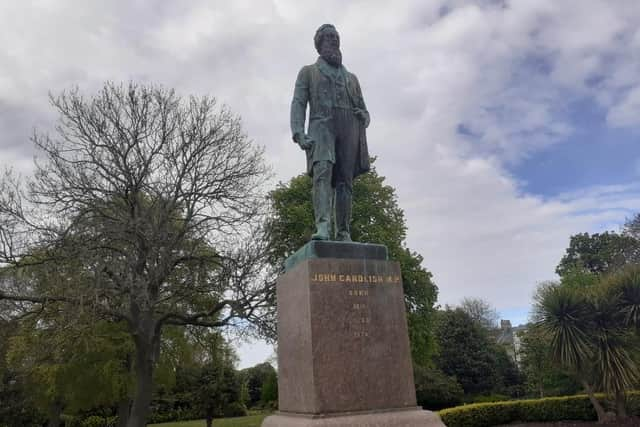

When today’s most successful business people expire, it’s difficult to foresee such a response for any of them. Especially if, like Candlish, they also happen to have been politicians.
This was one popular gentleman. But who was he?
Early years
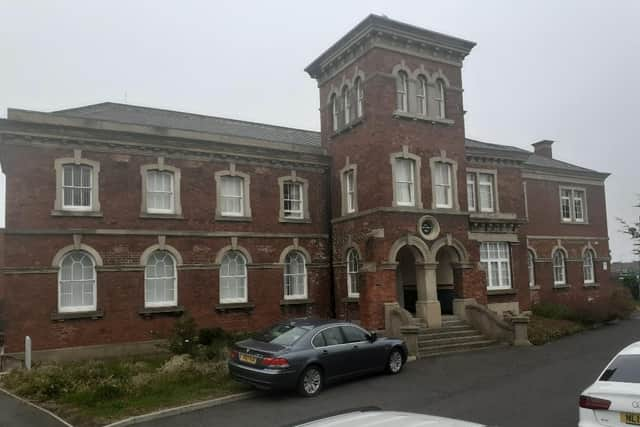

John Candlish was not born on Wearside. He entered the world in a Northumberland hamlet called Tarset, about 15 miles north of Hexham, in April 1816.
He moved to Sunderland aged four when his mother Mary died. His father, John Candlish Snr, took a job at the Ayres Quay Bottle Company in Deptford. Glass would be prominent in young John’s life.
Advertisement
Hide AdAdvertisement
Hide AdBut before he made it big in the industry he tried, and largely failed, in several others.
After a good education, he became a draper in High Street. He was very adept and could drape with the best of them. So much so that by the time he was 20, he was a partner in a drapery shop.
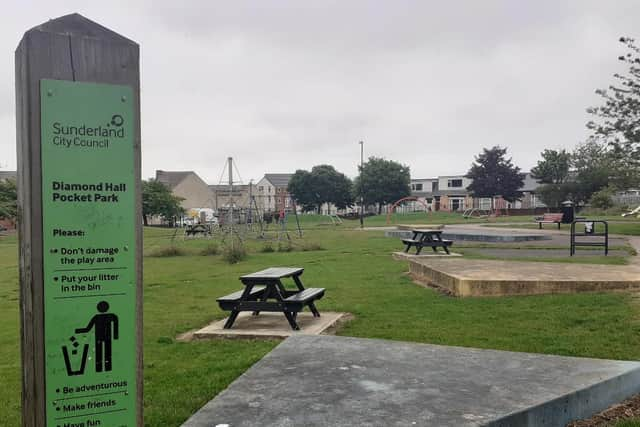

The Sunderland Beacon
But he evidently knew more about making fabric than selling it. Within a year his business had folded like his linen.
Always willing to try his hand at anything, at the age of 26 and with one George Richmond, he founded a newspaper called the Sunderland Beacon. But he was neither the first nor last to discover that running a newspaper isn’t as easy as he’d thought. It closed after six months, leaving him in debt.
Advertisement
Hide AdAdvertisement
Hide AdHaving tried the not-exactly-twin professions of drapery and journalism, his next career move seemed obvious - to him.
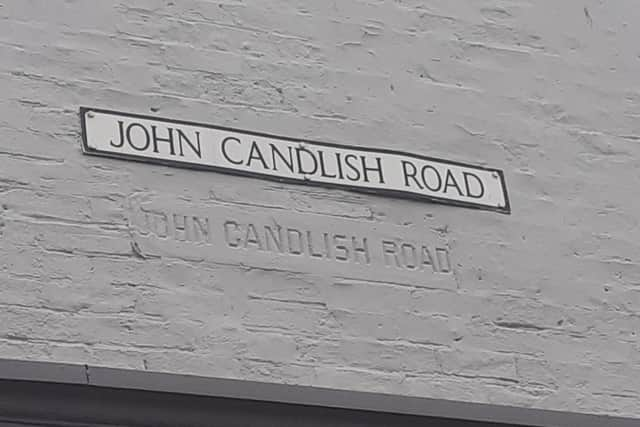

He became a coal exporter. That didn’t last long either before he took over a Southwick shipyard. There was an obvious connection between coal exporting and shipbuilding. At last John had made a career decision that wasn’t a complete non-sequitur and the yard reportedly produced fine vessels.
But it didn’t make any money. It was later bought by Robert Thompson and became infinitely more successful.
Then there was a brief tenure as secretary to the Sunderland Gas Company and another short-lived newspaper, the Sunderland News. John’s entire career up to this point was one of trying and failing.
Candlish becomes super-rich
Advertisement
Hide AdAdvertisement
Hide AdBut his first leap towards the big time finally came in 1853, when he obtained a lease on the Seaham Bottle Works in partnership with his childhood friend, Robert Greenwell.
Greenwell had worked as a shipyard fitter. What, therefore, he brought to the bottling industry is uncertain. Given Candlish’s unsuccessful ventures into industries he knew little if anything about, it seems likely that he, Candlish, had acquired useful knowledge from his father who was still alive.
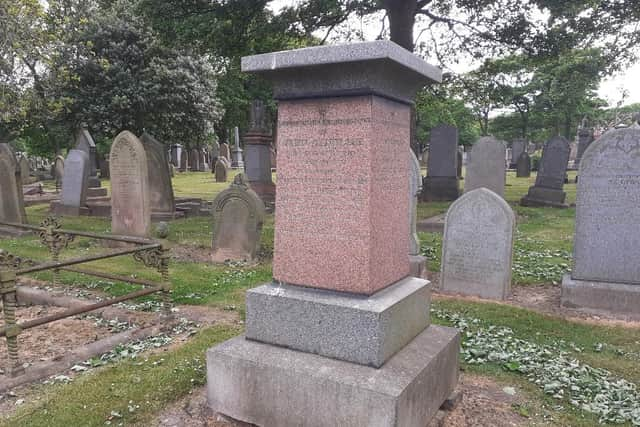

With commercial plastic bottles almost a century in the future, glass bottling was a highly lucrative industry.
The business really took off when given the patronage of the 4th Marquis of Londonderry, who was from the moneybags, mine-owning family the Vane-Tempests on his mother’s side.
Advertisement
Hide AdAdvertisement
Hide AdFinally showing some business acumen, Candlish renamed the business the Londonderry Bottle Works. It expanded - considerably.
He soon owned two cargo ships, the Lollard and the Oakwell (sunk by a mine in 1917), which made weekly trips to a London warehouse. He also began production at the Diamond Hall works in Millfield.
There were four bottle houses there. He now owned 11 in total, employing 600 people producing 20 million bottles a year. This might not sound like much today, but in the 19th century people never threw bottles away.
It was a massive enterprise. In fact it was the biggest bottle manufacturer in Europe.
Advertisement
Hide AdAdvertisement
Hide AdOn one famous occasion, during a parliamentary visit to India in 1870, Candlish was served beer in a bottle made by his own firm, although it seems unlikely that he drank it. He was a deeply religious man; a Baptist who extolled the virtues of temperance.
A rarity - a much-loved tycoon
Key to his success seems to have been a natural amiability and ability to keep the manpower happy. They loved him.
Imagine the scene today. A major business with a wealthy owner hits the buffers after a bank collapses. The only solution, one which sounds unfeasible to modern ears, is that the entire workforce continues to carry out its duties for a month - without pay.
The workers simply took him at his word, which Candlish made good on. He regarded their unpaid work as a loan, rather than a gift, eventually repaying it with interest. The business was saved and became highly profitable again.
Advertisement
Hide AdAdvertisement
Hide AdThis is what John Candlish’s workforce did for him in 1858. It was industrial relations at their finest.
As far as we can ascertain, the workforce did all this without complaint. A dinner was held by them in Candlish’s honour in November 1865, where he was presented with a silver plate.
Politician and bigwig
In 1848 he made his first foray into politics, becoming a Liberal councillor. His roles in politics and business meant his eminence in Sunderland was beyond doubt. On May 21, 1857 Candlish was the VIP who officially opened Mowbray Park.
The following year he became mayor of Sunderland for the first time, a role he stepped into again in 1861.
Advertisement
Hide AdAdvertisement
Hide AdIn 1865 he unsuccessfully stood for Parliament in a general election. However, he became one of Sunderland’s MPs just seven months later at a by-election. He used his position to champion social reform and free trade, remaining in Parliament for almost the rest of his days.
Generosity and other achievements
Having made his money scrupulously and fairly, as far as we can tell, Candlish and his brother Robert, who ran the firm (then renamed R Candlish & Sons) while John was an MP, became philanthropists.
For the rest of their lives, both brothers helped the Sunderland area, improving their workers’ community by paying for new facilities.
Candlish opened a library, a savings bank and a voluntary school for employees and their families. He also created a community around the works by building houses in Sunderland and Seaham, hospitals, a chapel and Candlish Hall which was also in Seaham.
The word busy hardly does him justice.
Advertisement
Hide AdAdvertisement
Hide AdIn 1861 he helped establish the grim sounding, but well-intentioned Sunderland Orphan Asylum. This was established to educate the sons of mariners who had died. He became its principal and the building still stands in Moor Terrace in Hendon; used as offices.
He also held public office as chairman of the Board of Guardians, magistrate, River Wear Commissioner and as head of the Sunderland Shipowners Society.
It’s not known what he did in his spare time nor, more to the point, if he had any.
Final days
John Candlish stood down as Sunderland’s MP in February 1874. A month later he would be dead. His health had been deteriorating for years.
Advertisement
Hide AdAdvertisement
Hide AdHis very short retirement ended in Cannes on the French Riviera on March 17, following complications from a tracheotomy. He was 57, although his gravestone says 58.
A Sunderland man eternally, he was buried in Sunderland Cemetery on Ryhope Road. He shares a grave with his father, wife Elizabeth and sister Barbara.
Other family members are in graves a couple of feet away. The headstones seem relatively modest for a family with such incredible wealth.
Legacy
Returning to where we started, in October 1875 his statue was unveiled by his successor as MP, Sir Henry Havelock-Allan.
Advertisement
Hide AdAdvertisement
Hide AdThe site of the Diamond Hall bottle works is now a children’s play park in Millfield, at the north end of John Candlish Road. Diamond Hall Junior School had occupied the site until relocating nearby in the early 1980s.
In 1913 his nephew Joseph Candlish, his brother Robert’s son, joined with other firms to form the United Glass Bottle Manufacturers. But he died the same year.
Operations were moved to London in 1921 and the Seaham factory was demolished in 1950.
But at least one person hated him
No one is ever universally liked and this included John Candlish. If your surname is Greenwell, try not to dwell on this part of the story.
Advertisement
Hide AdAdvertisement
Hide AdHis business partner, Robert Greenwell, was mentioned earlier. Well, before Candlish made his fortune he bought Greenwell out.
We can never know exactly what occurred. However, we do know that Greenwell was less outgoing than his erstwhile partner and, when he started a new bottle works in Southwick, it soon failed.
Greenwell’s wife was Ann Greenwell. She remained convinced that Candlish had done the dirty on Robert and diddled him out of millions.
According to the Greenwells’ great-great-great grandson, Bill Greenwell, Ann “reportedly used to spit at the statue when taking her grandchildren out for a walk.”
It seems that John Candlish couldn’t please everyone.